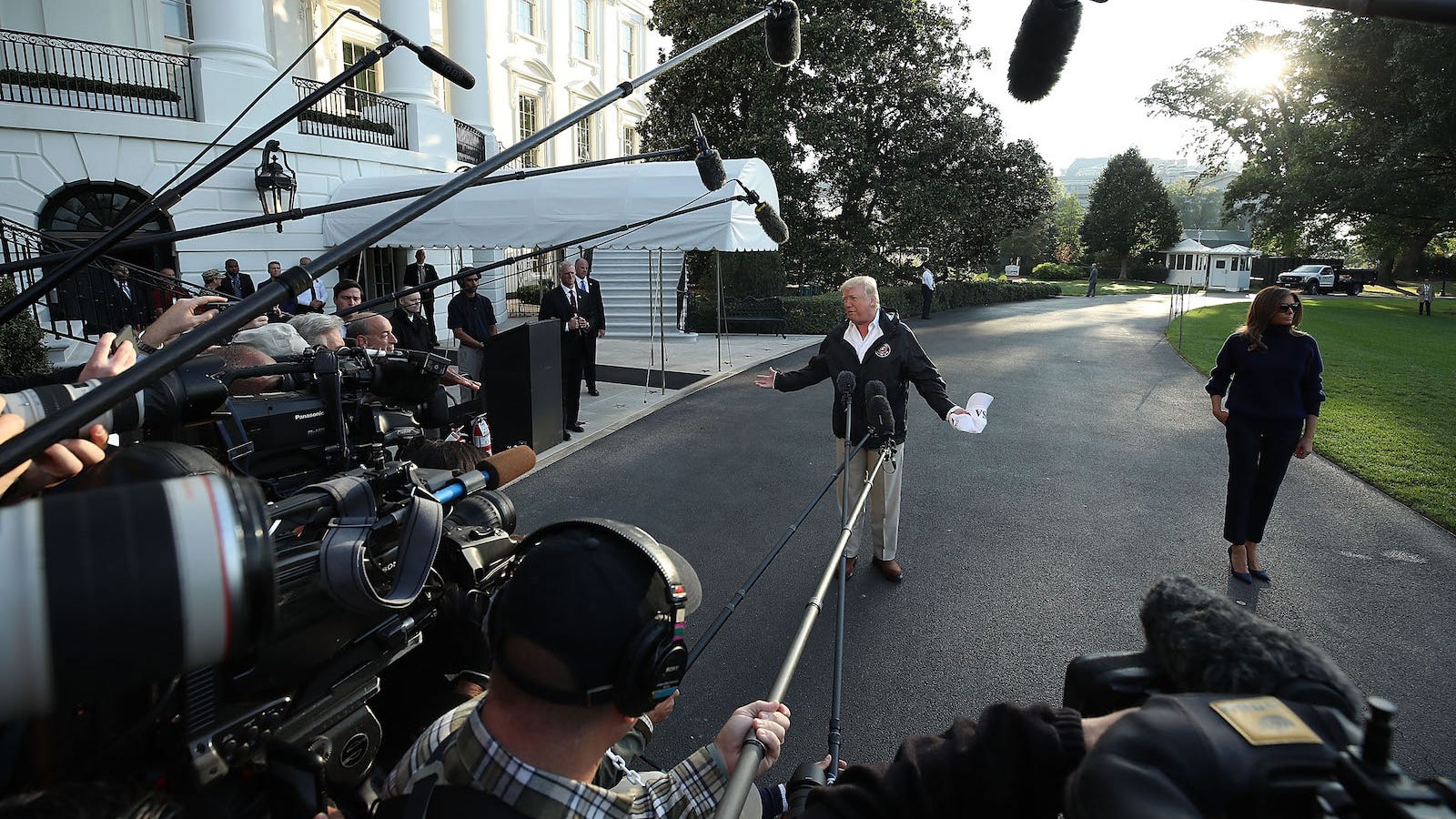

The nuclear option can be invoked by the Senate Majority Leader raising a point of order that contravenes a standing rule. “It’s not easy when you are continue to suffer - see the suffering of the people without food, without water, and actually living in a humanitarian crisis.In the United States Senate, the nuclear option is a parliamentary procedure that allows the Senate to override a standing rule by a simple majority, rather than the two-thirds supermajority normally required to amend Senate rules. “It’s not easy when you’re used to living in an American way of life, and then somebody tells you that you’re going to be without power for six or eight months,” said Resident Commissioner Jenniffer Gonzalez-Colon, who represents Puerto Rico as a nonvoting member of Congress.

He has promised that the island will get what it needs. Ryan, the House speaker, planned to visit Puerto Rico on Friday. Up to $5 billion of the FEMA money could be used to help local governments remain functional as they endure unsustainable cash shortfalls in the aftermath of Maria, which has choked off revenues and strained resources. An additional $577 million would pay for western firefighting efforts.

The bill combines $18.7 billion for the Federal Emergency Management Agency with $16 billion to permit the financially troubled federal flood insurance program pay an influx of Harvey-related claims. Katrina required about $110 billion in emergency appropriations.
#Trump visiting puerto rico london times series#
For now, it ignores huge demands from the powerful Florida and Texas delegations, which together pressed for some $40 billion more.Ī steady series of disasters could put 2017 on track to rival Hurricane Katrina and other 2005 storms as the most costly set of disasters ever. The legislative aid package totals $36.5 billion and sticks close to a White House request. Yet lenders continued to extend credit to Puerto Rico despite its economic struggles, while pension costs strained Puerto Rico’s government and its infrastructure deteriorated. Puerto Rico lost population and jobs after Congress eliminated special tax breaks in 2006, making it more difficult to repay its debts. The financial situation is more complicated than Trump’s tweets suggest. One-third of the island lacks clean running water and just 8 percent of its roads are passable, according to government statistics.Īfter years of economic challenges, Puerto Rico was already in the process of restructuring much of its $74 billion in debt before the hurricane struck. McKenzie, director of the military’s Joint Staff, said it will be up to FEMA and other civilian agencies to decide when the military is no longer needed there.ĭemocrats said Trump’s tweets were deplorable, given that the 3 million-plus US citizens on Puerto Rico are confronting the kind of hardships that would draw howls of outrage if they affected a state. He said there was no current plan to withdraw troops who are supporting FEMA’s recovery efforts.

told reporters “there’s still plenty of work to be done” by the military troops in Puerto Rico. White House chief of staff John Kelly, speaking to reporters, said the military and other emergency responders were trying very hard to “work themselves out of a job.” Reassuring the island, Kelly said the US will “stand with those American citizens in Puerto Rico until the job is done.”Īt the Pentagon, Lt. During an event last week honoring the heritage of Hispanics, for example, the president said, “We will be there all the time to help Puerto Rico recover, restore, rebuild.” The tweets conflicted with Trump’s past statements on Puerto Rico. In a series of tweets, the president added, “electric and all infrastructure was disaster before hurricanes.” He blamed Puerto Rico for its looming financial crisis and “a total lack of accountability.”


 0 kommentar(er)
0 kommentar(er)
